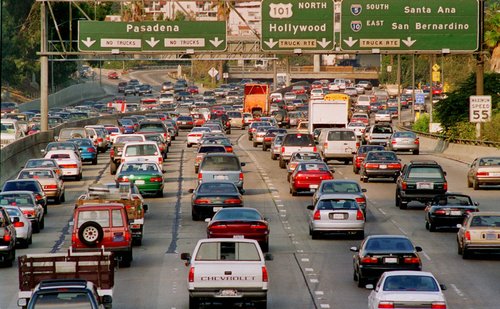Traffic safety in London is managed as per the 2001 London Road Safety Plan that sets a target of 40% reduction in all traffic casualties
by 2010. Most traffic safety concerns pertain to Pedestrian and Cyclist safety,
particularly among young children. Measures for traffic safety include monitoring
traffic speeds, establishing partnerships with police and local government
DOTs, planning for vulnerable users, implementing safer routes to school and
the congestion charge.
Nearly twelve years on, traffic safety on London streets has
greatly improved. Most targets set in 2001 were achieved by 2005 and the TfL continues
its transportation safety focus on pedestrians and cyclists and implementing educational
programs for schools. Their efforts are aided by several non-profit
organizations, like 20s Plenty for Us, which help in implementing 20mph zones
in the city as a traffic calming measure.
Safety Plans
Several safety plans were prepared in anticipation of
the London Olympic games, which acted as a catalyst for many planning
initiatives. The Cycle Safety Action Plan supports the cycling revolution in
the city by calling for providing safer infrastructure, like the Cycle Superhighways
and creating policies that continue to encourage cycling as an attractive
transport option.
 |
| Image: Proposed Cycle Superhighway Network |
 |
| Image: Cycle Superhighway |
The Community Safety Plan 2009-2010 is a three-year strategy
developed in close partnership with the law enforcement divisions of London.
This plan prioritizes improving the perception of safety while using public
transportation and reducing criminal activity on the transportation network.
Addressing Inequality in Traffic Safety
In planning for safety, TfL conducted exhaustive studies to
ensure an equitable transportation system. One such report found that there is
a strong relationship between deprivation and road safety in London,
particularly affecting black populations, pedestrians and adult cyclists,
perhaps owing to their greater dependence on walking and cycling as their
primary modes of transportation. Based on the recommendations of this report,
TfL’s strategy for the coming years is likely to focus on prioritizing and
encouraging safer walking and cycling conditions and practices and traffic
calming, some of which are addressed through the Cycle Safety Action Plan.

No comments:
Post a Comment
Note: Only a member of this blog may post a comment.